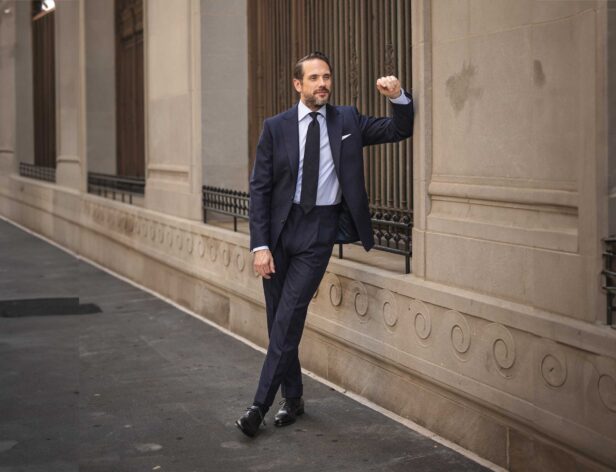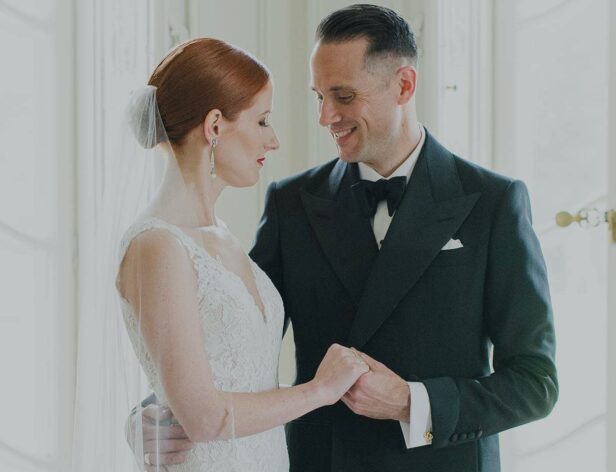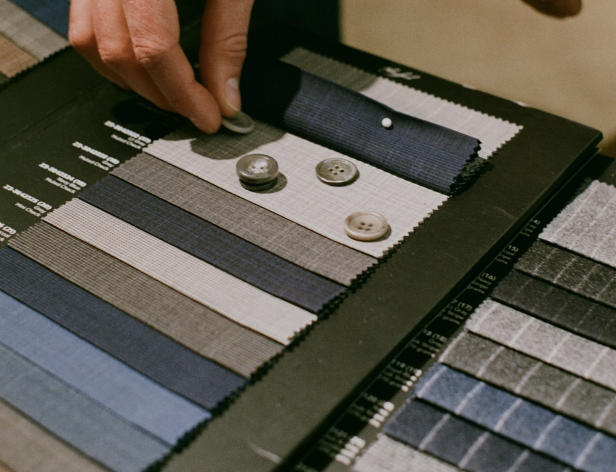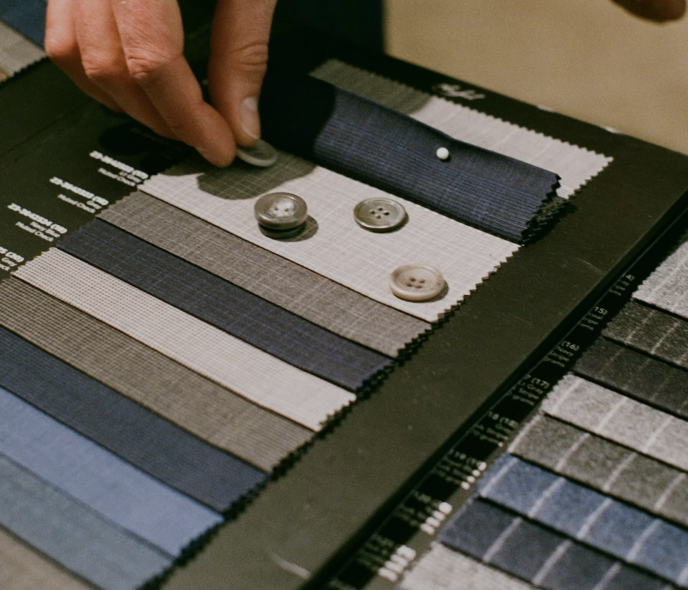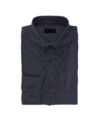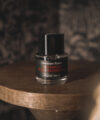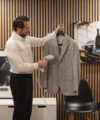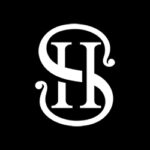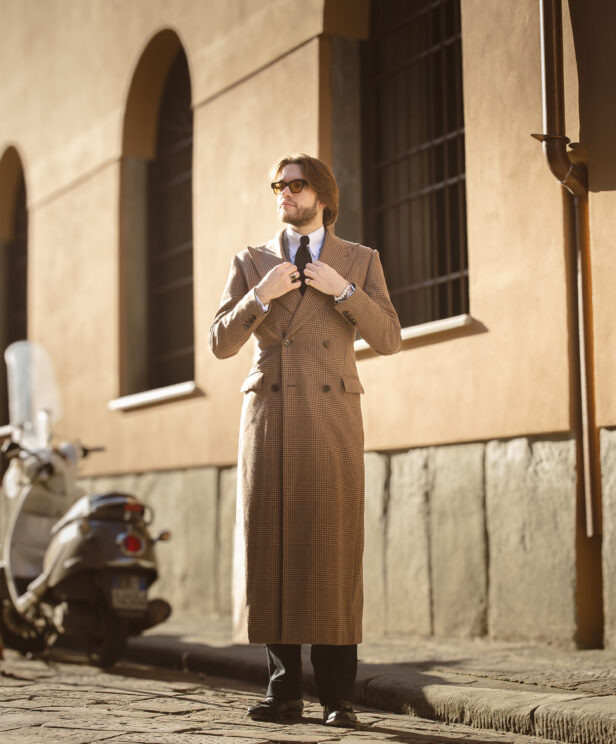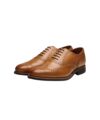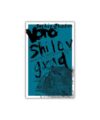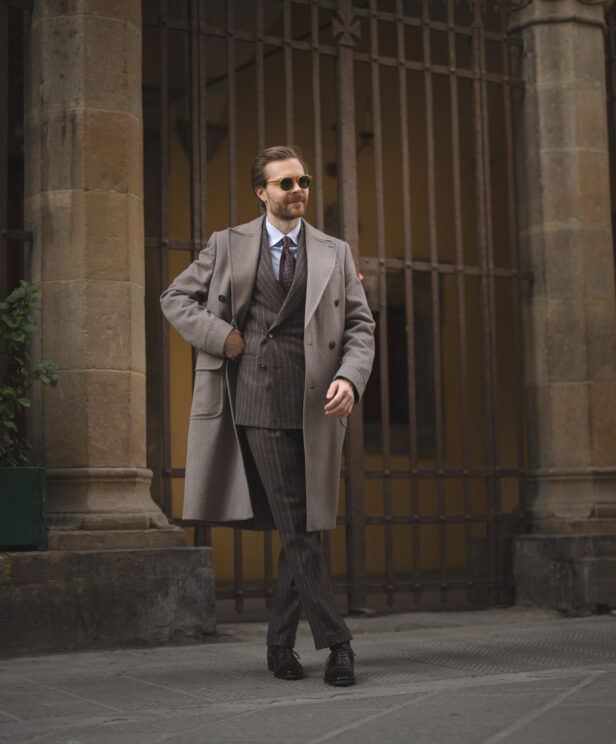How Everything Should Fit
Share
Finding The Perfect Fit Every Time
The most important thing when it comes to making sure your outfit looks amazing is the fit. No matter what you’re doing, whether it’s attending a wedding (as guest or groom) or a business meeting, if the fit’s not right, it’s not going to look good.
But not everyone knows how to find the perfect fit and, if you do a lot of online clothes shopping, it’s even trickier. That’s why we’re covering every single detail pertaining to the fit of the jacket, pants, shirt, and even certain accessories. By the end of this article, you should have a good idea of how to find the perfect fit so you always look your best.
Six Key Areas Of Fit: The Jacket
Let’s start with the jacket. When it comes to the jacket, there are six areas that truly matter: the shoulders, collar and lapels, back, closure, length, and sleeve length.
Shoulders
The shoulders are one of the most important areas of fit, so if you don’t get them right, the entire outfit could look odd.
For a properly fitted jacket shoulder, the shoulder seam should end just before the arm starts to break downward. The sleeve should also follow that line and roll smoothly down the arm without creasing or dimpling at the shoulder.
If the seam is any closer to your neck, the jacket will look too small. And if it extends past the shoulder, it will look too big.
Collar and lapels
The jacket collar should lay flat against your shirt collar and the back of your neck. In other words, there shouldn’t be a gap between the jacket collar and the shirt collar. If there is one, that means the jacket doesn’t fit properly.
Similarly, the lapels should lay flat against your chest. One of the most common issues with lapels is that they tend to fold up off the chest. This is a sign that the jacket is too tight.
There are a few reasons why the lapel won’t lay flat or there’s a gap in the collar, one of which is the overall fit. Another is that the jacket is poorly constructed or that you have a specific posture or fit concern that doesn’t make that particular brand a good match for you.
Back
Now, let’s get into how the jacket should lay on your back.
First off, if you see any stress on the seam running down the center of your back, that’s a sign that the jacket is too tight.
If the fabric bunches up below the collar – called a collar roll -, this could be a sign that you have square shoulders rather than sloping shoulders. In this case, it could be an indication that the particular brand isn’t a good match for you. Fortunately, this is a relatively common issue and nothing to worry about. Still, if you want the perfect fit for your next event, it’s worth keeping an eye on.
Closure
You should feel comfortable in whatever jacket you wear, whether it’s open or buttoned. When you button it, there should be some room between the jacket and your body. This extra space lets you move unhindered while wearing it.
However, it shouldn’t be too loose or too tight. With the right fit, you won’t see any visible bunching of the fabric. Instead, the jacket will be smooth around the buttons and across your torso. If you see any fabric bunching up, it’s a telltale sign that the jacket is too small.
As an aside, if you have a two-button jacket, always button the top button and never the bottom. Whatever the fit, this will give you a more fashionable look while wearing it.
Length
Now, the length of a jacket is somewhat subjective. In most cases, the jacket should end at your thumb knuckle when your arm is hanging straight down at your side. If you’re not sure what this looks like, try making a fist. The tips of your fingers should just touch the bottom of the jacket.
Along with this, the jacket should be long enough to cover your rear. That way, when you lift your arms, it won’t rise too much.
Sleeve length
Finally, there’s the jacket’s sleeve length. Ideally, the sleeve should end just above your wrist. That way, it can reveal just enough of the shirt cuff beneath it. Any higher and the jacket will look too short on you; any lower and it will seem too big.
Three Key Areas of Fit: Pants
There are three main concerns when it comes to the fit of your pants: length, break, and width.
Length
As with the overall length of a jacket, pant length is more subjective and dependent on your style preferences and body type.
When talking about pant length, a common term you’ll hear is “break.” This refers to the fold or creasing of the fabric above where the pant leg meets your shoe. There are four different types of pant breaks, each with its own style or aesthetic.
One thing to keep in mind with pant length is that, regardless of style, there is such a thing as too long or too short. For example, if you’re dressing for a wedding or another formal event, the hem of your pants should just cover the top of your shoes.
Whether you’re standing, walking, or sitting down, there shouldn’t be a lot of ankle or sock visible. On the other hand, the fabric shouldn’t pool around at the ankles or be so long that it covers the shoes entirely.
Pant break number one: No break
No break essentially means there’s absolutely no crease where the pant leg meets the shoe. This is a very aggressive, fashion-forward style and looks best when the leg is tapered. It’s ideal for younger men with a slim body type.
Pant break number two: Slight break
The slight break, or quarter break, is where the bottom of the pant leg just reaches the top of your shoe. It should have a very slight horizontal crease.
This is a very modern look that works well for fashion-conscious men who like the idea of no break but want to avoid looking too trendy. It’s also ideal for slimmer guys. However, it doesn’t go well with straight-leg pants.
Pant break number three: Medium break
A medium break is the perfect, all-around length for anyone of any shape or size. You can identify the medium break by the slight fold of fabric where the pant leg rests on the shoe.
This break is most commonly found in dress pants, making it suitable for any occasion, including weddings. It’s perfect for men with a more conservative style or who prefer the classic look over what’s currently trending.
Pant break number four: Full break
The full break is perhaps the most conservative, old-school style out there. It works best in less tapered, straight-legged trousers that are on the wider side.
With the full break, there should be a fashionable ripple just above the hem of the pants, but the fabric shouldn’t appear wrinkled or bunched up. The hem tends to cover the majority of your shoe’s laces.
This style looks best on older gentlemen, heavier-set men, and those going for a vintage or throwback style.
Width
When it comes to the fit of your pants, the last – but no less important – consideration is the width of the leg.
The main thing is to have everything look proportional so that, when you see the outfit as a whole, everything looks cohesive. This is where body type really comes into play.
If you’re taller and slimmer, your pant leg can be narrower. But if you have broad shoulders or a wide chest, the pant leg should be wider for the right fit.
Currently, slim pant legs are considered very trendy. Because of this, some custom suit companies will try to push you in that direction.
Just remember that what matters the most is that you choose a look and style that’s true to you. You should feel confident in what you’re wearing. If you try to go for something that doesn’t fit right, even if it’s the latest design, it’ll backfire.
Four Key Areas of Fit: Shirt
Moving on to the shirt, there are four main considerations: the shoulder, collar, torso, and sleeve length.
Shoulder
To find the perfect fit for your shirt shoulder, simply follow the same guidelines as you would for the jacket shoulder.
The seam should be located just before your shoulder ends with the sleeve falling smoothly down your arm. If the seam is closer to your neck, the shirt is too small. And if the seam extends to where your shoulder starts to break or beyond, then it’s too big.
Collar
On the one hand, your shirt collar shouldn’t be too tight or it might feel like you’re being choked. You should be able to comfortably move your head and neck without being restricted. On the other hand, the collar shouldn’t be too loose or it will look sloppy.
As a general rule, you should be able to comfortably fit your index finger between the collar and your neck when the top button is buttoned.
Torso
Similar to when you’re wearing a buttoned suit, there shouldn’t be any pulling or bunching up around the buttons. If there is, it’s a sign that the shirt is too tight or small. There also shouldn’t be a lot of excess fabric bunching up on the sides, as this means the shirt is too large.
When the fit is just right, you should be able to move around easily without feeling constricted in any way.
Sleeve length
The ideal shirt sleeve length will hit just above the palm. If it’s higher than the wrist bone, it’s too short. On the other hand, if it extends over the wrist onto your palm, it’s too long.
For formal events like weddings, it’s generally accepted that you show between half an inch and one inch of the shirt cuff when wearing a jacket. Of course, standards and preferences do vary. You might, for example, choose a sleeve length that’s hidden by the jacket entirely.
Accessories
Now that you know the way your clothes should fit, it’s time to talk accessories – primarily the tie and belt.
Tie
To figure out the right fit of your tie, you need to consider its length and the tie bar size and placement.
For the tie length, the tip should extend just past the top of your belt buckle. Any shorter and it will look silly. Any longer and it will look sloppy.
Sometimes, even if the front of the tie is perfect, the back blade could be too long. This is particularly common for men who have a longer torso.
There are two easy ways to fix this problem. One, you can tuck the back blade inside your shirt to hide any excess material. And two, you can fold it up and pin it to keep it out of view.
One other thing to consider regarding tie length is the way it looks at the neck. When you tighten it, it should be flush with the collar. That way, you can avoid any awkward gap between the top of the tie and the collar.
The tie bar should be around three-quarters of the width of your tie. Whatever else, it should never be wider than the tie itself.
In terms of placement, wear the tie bar between the third and fourth buttons of your dress shirt, or right around your sternum. This will give it the perfect balance and give your overall ensemble a more pleasing fit.
Keep in mind that the angle of the tie bar should always be perpendicular to the tie. It should not be crooked. Also, the purpose of a tie bar is to hold the tie in place. So, make sure you’re attaching the tie bar to both your tie and your shirt placket.
Belt
If you’re headed to a wedding, make sure the belt is the right size for your body type. Typically, your belt size is two sizes larger than your waist size. You’ll know if you have the correct size if the tip of the belt ends about halfway between your fly and your hip.
One other thing to pay attention to with your belt is the “gig line.” When your shirt is tucked in, the placket should form a straight line with your fly. Your belt buckle should also be in line with this. If any of these things are even slightly off, the entire ensemble will look sloppy.
Bottom Line
Now that you know the basic principles of finding the proper fit for your clothes, it should be easier to achieve effortless perfection in your style. Even the simplest change, whether it’s to your wedding suit or your belt, can make or break your style. More than that, fit is what separates a well-dressed man from one who looks like he doesn’t know what he’s doing.
If you haven’t found the right fit for your clothes yet, don’t worry. Chances are, you just need a quality tailor. With one, you can ensure every garment fits perfectly so you look as amazing as you should.
